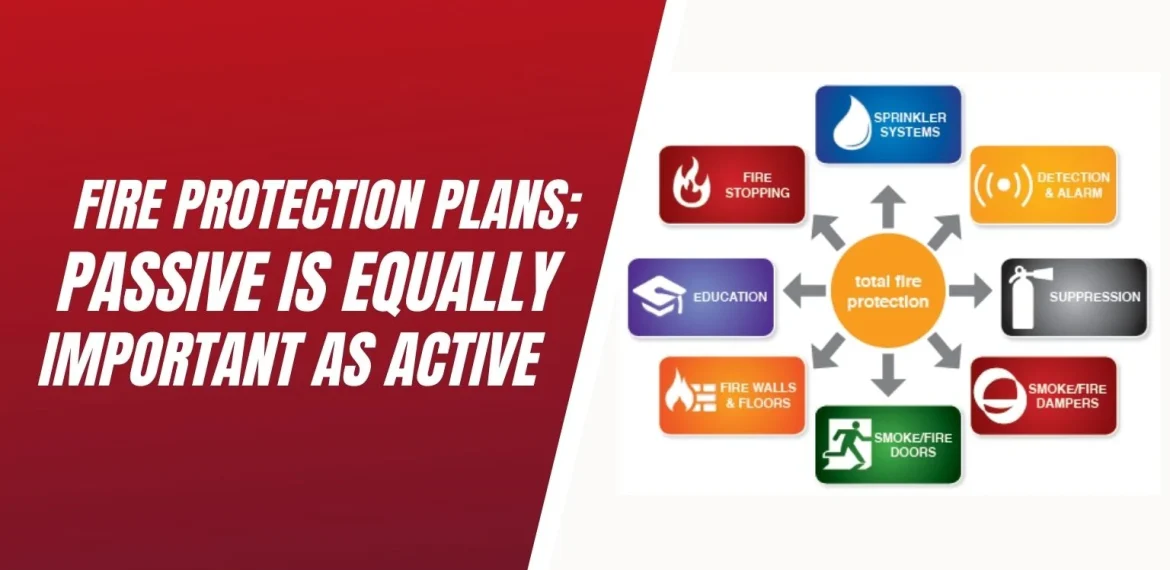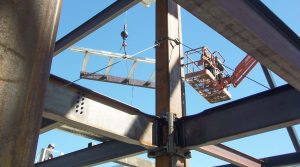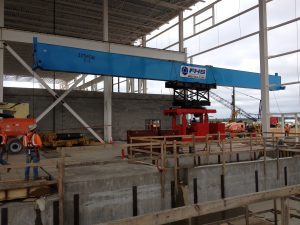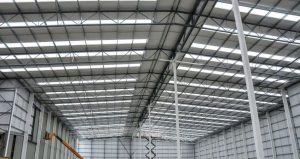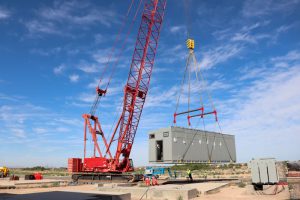Importance of Passive Fire Protection A building’s fire safety plan should always include passive fire protection measures because of the critical role they play in preventing damage and saving lives in the event of a fire.
What exactly is meant by “passive fire protection”?
The goal of passive fire prevention is to limit the damage caused by fire and provide people time to evacuate a building without compromising safety. Cavity barriers are one type of passive fire prevention system, in which the empty spaces between walls, ceilings, and suspended floors are filled with fireproofing materials.
The importance of passive fire protection
Active fire protection systems, such as fire extinguishers and sprinklers, operate in unison with the less obvious passive measures to keep people and structures safe.In order to save lives and give emergency services time to respond, it is often necessary to take measures to prevent the spread of fire and compartmentalize structures.Some of the most critical reasons for passive fire safety are listed below.
Protects Human Life
Measures taken to prevent fires from spreading, known as “passive fire protection,” have the potential to save lives. Passive precautions ensure that a fire may be kept to a manageable size within a compartment, giving people time to get out of the structure. Passive fire safety measures are those that are integrated into the design of a building to prevent the spread of fire and smoke and allow for the safe evacuation of occupants. Building occupants can evacuate without harm if passive fire prevention measures are strategically placed and thoughtfully designed.
Efforts to Limit the Spread of Fire
In the case of a fire, saving lives is of utmost importance, and this may be done by limiting the spread of flames and smoke.Cavity barriers, penetration sealing, and fire compounding are all examples of passive fire prevention methods with the same overarching goal of reducing the spread of fire and smoke.
Also important in passive fire protection is the practice of dividing up a structure into separate sections, or “compartments,” each of which serves to contain the spread of fire.
While containing the fire will reduce the overall damage to the structure and buy valuable time, it will also contain the fire. By limiting the fire to one area and slowing its progress, lives can be saved and rescue crews can get to the scene more quickly.
Unless they have some sort of passive fire protection in place, buildings are vulnerable to rapid combustion and the resulting destruction it may do to the structure and the people inside.
Defends the Building Itself
A building’s interior structure is particularly vulnerable to the destructive effects of fire and its accompanying high temperatures. Damage from the fire may render structures dangerous and put lives at risk in a number of ways, including collapse and the development of unstable foundations.
A building’s structural integrity and the safety of vital structural elements can be preserved by passive fire protection. This is critical not only for the safe exit of occupants and the safe entry of rescue workers in the event of a fire but also for the subsequent repair and reconstruction of the structure.
Legal Requirements
There must be adequate fire safety features in place in all buildings, both residential and commercial. A combination of active and passive fire protection is necessary to meet code requirements, the specifics of which vary depending on the building type, its intended use, and its year of construction.
Contributes to the Safety of Assets
Through the use of passive fire protection, a structure’s priceless possessions and contents can be shielded from the dangers of a fire. Whether it’s high-priced inventory stored in a vault or the electrics center, preventing a catastrophic fire from wiping out these assets requires careful planning and execution.
Conclusion
In a nutshell, the purpose of passive fire protection is to lessen the destructive potential of fires by including non-active safeguards into the design of a building’s infrastructure. Passive fire protection is also a legal requirement for every commercial building. In this article, we had a look at some of the most important benefits of having passive fire protection in buildings. If you have some queries, feel free to reach out to us.

